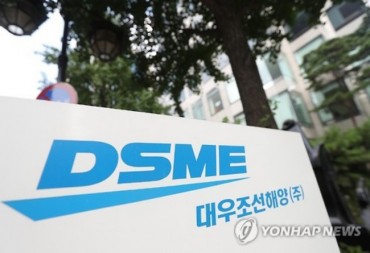
Data indicates that half of all Korean internet users plan to use O2O (Online to Offline) services related to everyday life, such as food delivery and booking accommodation services, as well as fintech services including simple payments and money transfers. (Image : Pixabay)
SEOUL, Feb.1 (Korea Bizwire) – Data indicates that half of all Korean internet users plan to use O2O (Online to Offline) services related to everyday life, such as food delivery and booking accommodation services, as well as fintech services including simple payments and money transfers.
On the other hand, users seem skeptical about using O2O sharing services such as car sharing or home sharing, and services related to investments, insurance, financial management or cloud funding.
On January 31, The Korea Internet and Security Agency (KISA) announced the results of its ‘2015 Internet Economic Activity Status Investigation’.
The results showed that awareness and usage of O2O services were high among items related to everyday life, such as food delivery (61.6 percent awareness, 41 percent usage), booking accommodation (52 percent awareness, 26.1 percent usage), taxi hailing (50 percent awareness, 19.8 percent usage) and real estate (35.5 percent awareness, 9.3 percent usage).
On the other hand, user awareness and usage of O2O services for car sharing (24.4 percent, 5 percent), home sharing (15.1 percent, 2.8 percent), and space sharing (8.9 percent, 1.9 percent) were all low.
Internet users suggested that O2O services should improve security (86.1 percent), recruit more members (82.6 percent), increase accessibility (79.9 percent) and expand service areas (77.4 percent) to increase their user bases.
In the fintech industry, simple payments and money transfers were both high in user awareness (71.1 percent, 54 percent respectively) and usage experience (59 percent, 39.3 percent), which both fall under the category of everyday banking.
However, online financial management and cloud funding, which fall under the ‘investment and insurance’ category, were low in user awareness (14.4 percent, 12 percent respectively) and experience in usage (4.6 percent, 3.2 percent).
While internet banking users picked ‘speed’ and ‘simplicity’ as the strong suits of the service, they also felt that there are security issues to be solved. In addition, many thought that the current technology is convenient enough, and there is no need for new fintech technologies.
However, 67.7 percent of the respondents were positive that the fintech industry will continue to thrive, because of the frequent usage of online and mobile devices (50.5 percent), protection of private information and security (41.8 percent) and the world class ICT infrastructure (32.2 percent).
The share of online shopping (57.4 percent) became bigger than the share of offline shopping (42.6 percent) during the past year, and is expected to grow even larger over the next year.
Of note, the usage of mobile shopping increased from 19.4 percent in 2014 to 23.3 percent last year.
Consumers choose to shop online mainly because there are no limitations of time and space (82.2 percent). Cultural content was the most purchased item on the internet (86 percent), and a majority of online shoppers paid with a credit card (72 percent).
The data also revealed that 44.1 percent of online shoppers made direct overseas purchases, and turned out to spend on average a total of 867,000 won over 8.5 different online transactions annually.
By M.H.Lee (mhlee@koreabizwire.com)






